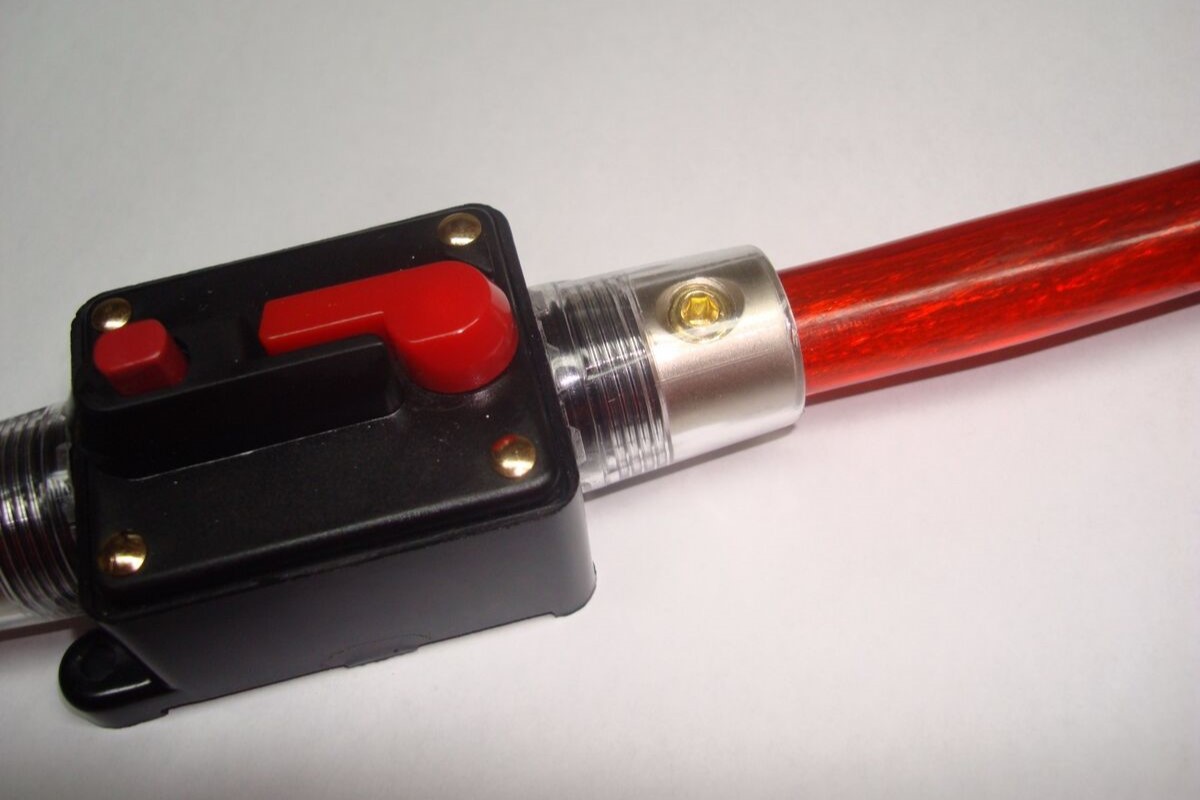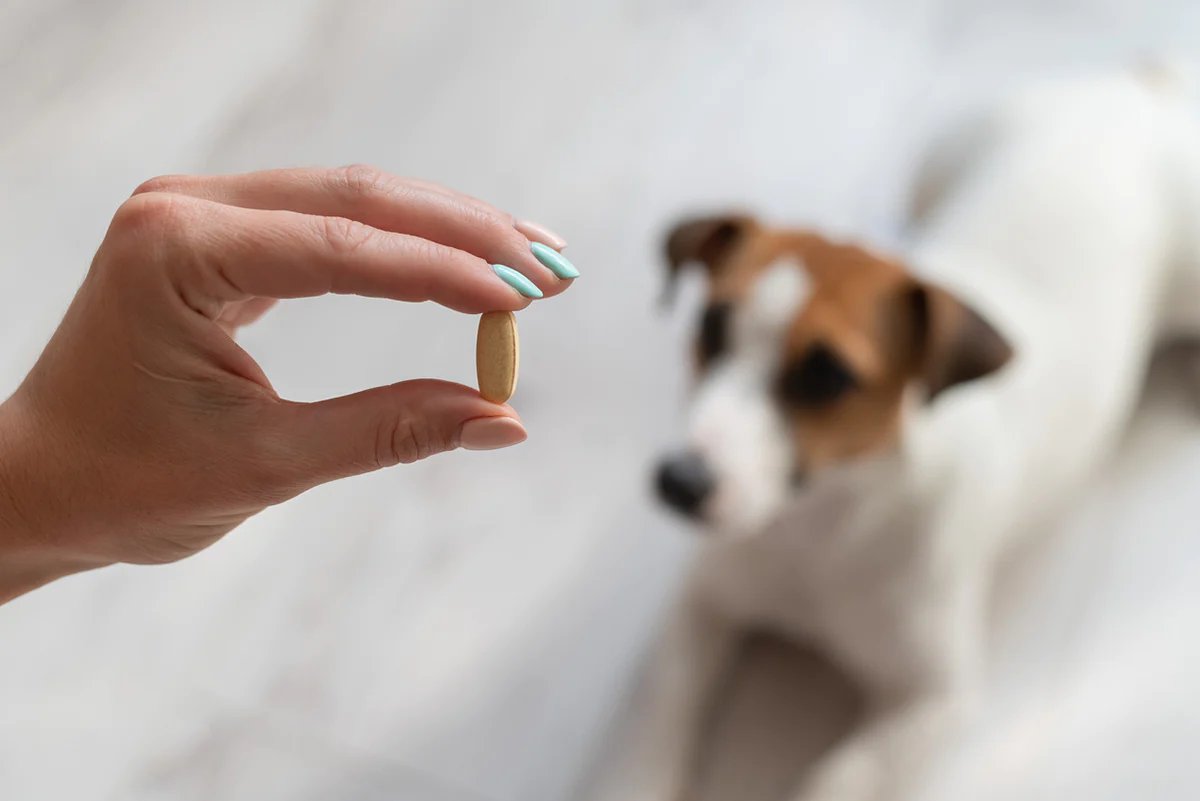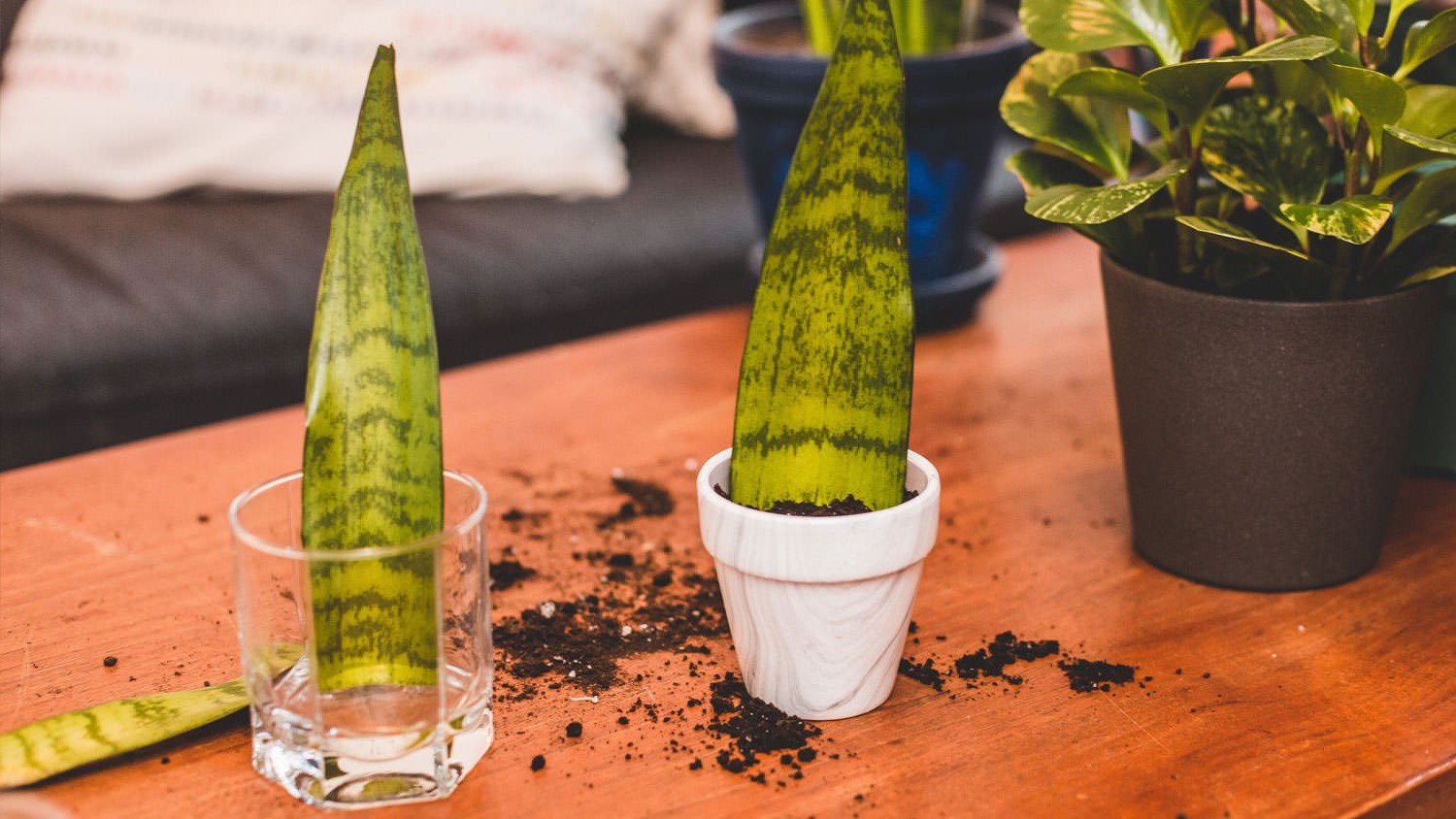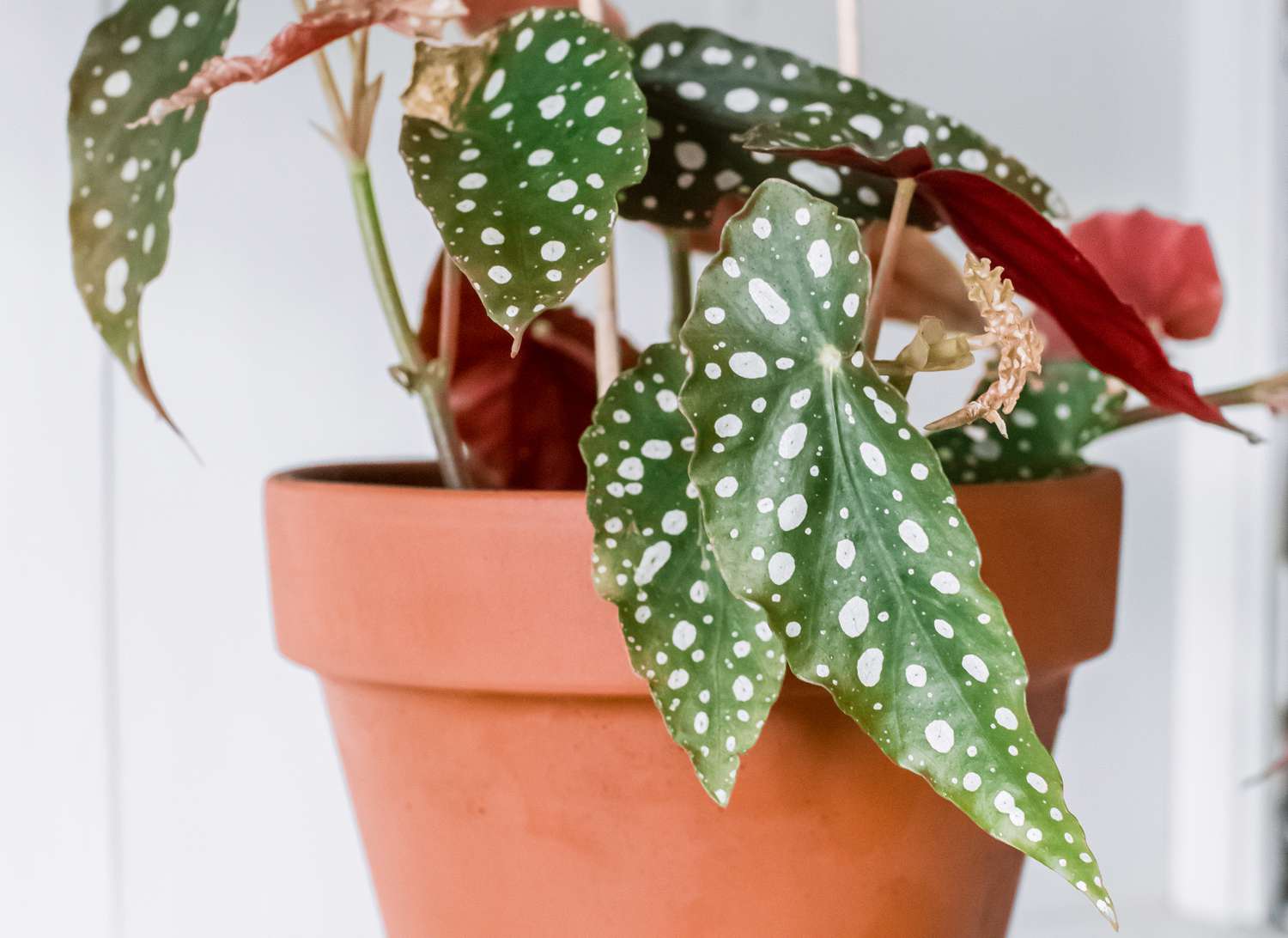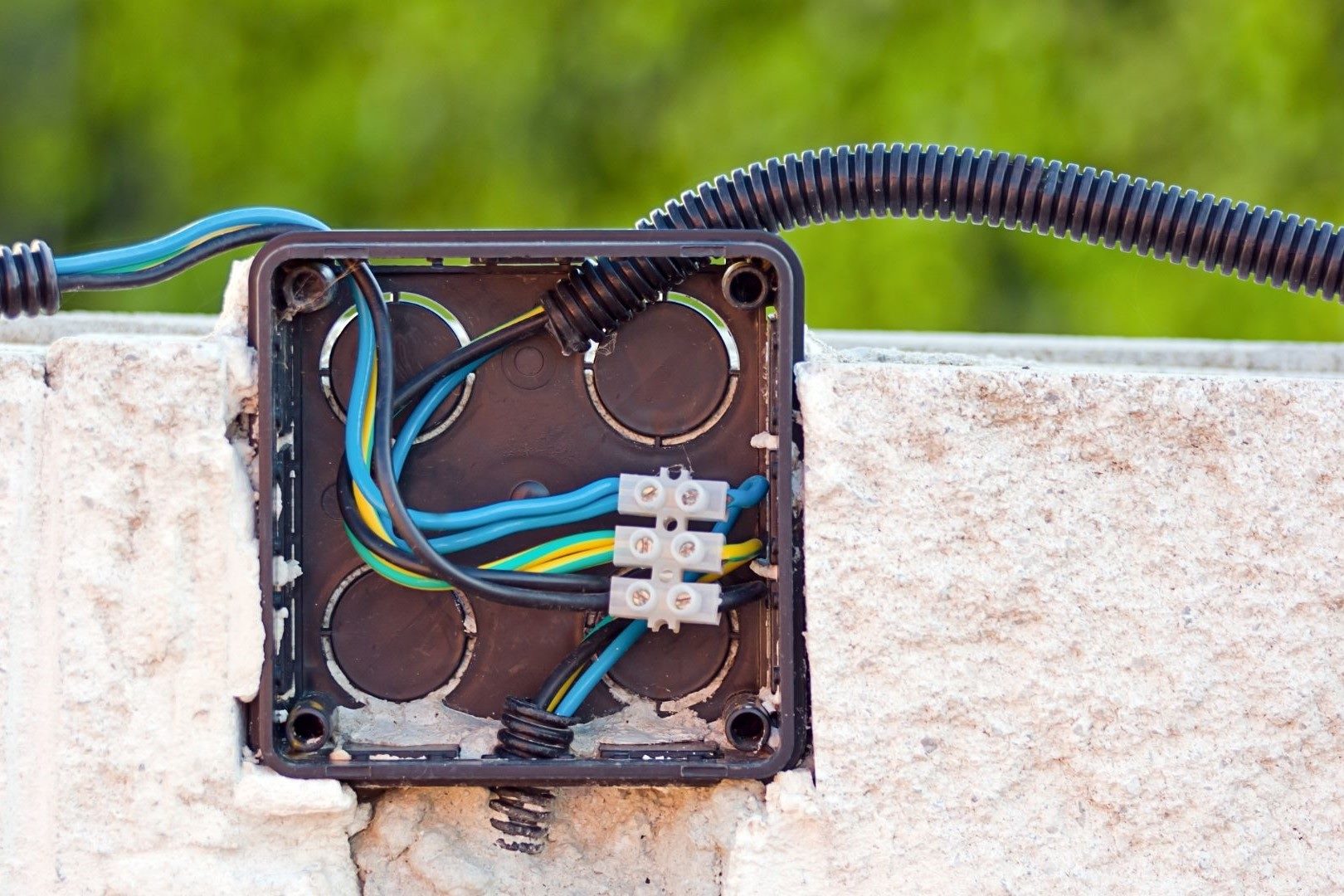Home>Home and Garden>The Ultimate Guide To Choosing The Perfect Soil For Snake Plants


Home and Garden
The Ultimate Guide To Choosing The Perfect Soil For Snake Plants
Published: February 18, 2024
Discover the best soil for snake plants with our comprehensive guide. Create a thriving indoor garden with our expert tips and advice. Ideal for home and garden enthusiasts.
(Many of the links in this article redirect to a specific reviewed product. Your purchase of these products through affiliate links helps to generate commission for Noodls.com, at no extra cost. Learn more)
Table of Contents
Introduction
Snake plants, also known as Sansevieria, are renowned for their resilience and ability to thrive in various conditions. These striking plants are popular choices for both indoor and outdoor settings, adding a touch of elegance to any space. One of the key factors contributing to the successful growth of snake plants is the quality of the soil in which they are planted. The right soil provides essential nutrients, proper drainage, and a stable environment for the roots to flourish.
In this comprehensive guide, we will delve into the intricacies of selecting the perfect soil for snake plants. Whether you are a seasoned plant enthusiast or a novice green thumb, understanding the specific soil requirements of snake plants is crucial for their overall well-being. By exploring the different types of soil, essential factors to consider, and the process of preparing an ideal soil mixture, you will gain valuable insights into nurturing healthy and vibrant snake plants.
Join us on this journey as we uncover the secrets to cultivating thriving snake plants through the art of soil selection and maintenance. Let's embark on this horticultural adventure and unlock the potential of your snake plants by providing them with the optimal soil environment they deserve.
Understanding the Needs of Snake Plants
Snake plants, with their striking appearance and low-maintenance nature, have garnered immense popularity among plant enthusiasts. Understanding the specific needs of these resilient plants is essential for creating an environment in which they can thrive. Snake plants are native to arid regions of West Africa, where they have adapted to survive in dry, sandy soils with minimal water availability. This natural habitat provides valuable insights into the ideal conditions required for cultivating healthy snake plants.
Light Requirements
Snake plants thrive in indirect sunlight, making them ideal for both indoor and outdoor settings. They can tolerate low light conditions, making them suitable for spaces with limited natural light. However, providing moderate to bright indirect light can encourage optimal growth and vibrant foliage.
Watering Needs
One of the most critical aspects of caring for snake plants is maintaining proper soil moisture. These plants are highly susceptible to root rot if overwatered, emphasizing the importance of well-draining soil. The soil should be allowed to dry out between watering sessions to prevent waterlogged conditions, which can be detrimental to the plant's health.
Soil Preferences
The soil requirements of snake plants revolve around excellent drainage and aeration. A well-draining soil mixture prevents water from accumulating around the roots, reducing the risk of root rot. Additionally, snake plants prefer slightly acidic to neutral soil pH, typically ranging between 6.1 and 7.5. This pH range supports the efficient uptake of essential nutrients, contributing to the overall health and vitality of the plant.
Nutrient Needs
While snake plants are known for their resilience in nutrient-poor conditions, providing a balanced and nutrient-rich soil can enhance their growth and appearance. A well-formulated soil mixture should contain essential nutrients such as nitrogen, phosphorus, and potassium, along with micronutrients like iron and magnesium. These nutrients support the plant's metabolic processes and contribute to robust foliage and root development.
By comprehensively understanding the specific needs of snake plants, including their light, water, soil, and nutrient requirements, you can create an optimal environment for their growth and well-being. This foundational knowledge serves as a cornerstone for selecting the perfect soil and implementing effective maintenance practices, ensuring that your snake plants flourish and thrive in their surroundings.
Different Types of Soil for Snake Plants
When it comes to selecting the ideal soil for snake plants, several options cater to the specific needs of these resilient plants. Each type of soil offers distinct characteristics that can influence the overall health and growth of snake plants. Understanding the different types of soil and their attributes is essential for making an informed decision that aligns with the unique requirements of these striking plants.
-
Well-Draining Potting Mix: A well-draining potting mix is a popular choice for snake plants due to its ability to prevent waterlogging and maintain optimal soil moisture levels. This type of soil typically consists of a blend of peat moss, perlite, and coarse sand, promoting efficient drainage and aeration. The porous nature of the mix allows excess water to escape, safeguarding the roots from potential rot and ensuring a healthy root environment.
-
Cactus and Succulent Soil: Cactus and succulent soil mixes are well-suited for snake plants, reflecting their natural habitat in arid regions. These specialized soil blends are designed to mimic the conditions of dry, sandy soils, providing the ideal environment for snake plants to thrive. With a composition that facilitates rapid drainage and minimizes water retention, cactus and succulent soil supports the water-wise nature of snake plants, promoting robust growth and vitality.
-
African Violet Mix: African violet mixes offer a balanced combination of peat moss, perlite, and vermiculite, creating a lightweight and well-aerated soil blend. This type of soil is conducive to the growth of snake plants, providing adequate drainage while retaining essential moisture. The airy texture of the African violet mix promotes healthy root development and minimizes the risk of waterlogged conditions, aligning with the specific needs of snake plants.
-
DIY Soil Mix: Crafting a custom soil mix tailored to the requirements of snake plants allows for greater control over the composition and characteristics of the soil. A typical DIY soil mix for snake plants may include a blend of peat moss, perlite, coarse sand, and a small amount of well-decomposed compost. This combination offers excellent drainage, aeration, and nutrient retention, creating an optimal growing medium for snake plants.
By exploring the different types of soil suitable for snake plants, you can identify the most fitting option based on factors such as drainage, aeration, and moisture retention. Selecting the right soil type sets the foundation for providing an environment that supports the resilience and vitality of snake plants, contributing to their overall well-being and visual appeal.
Factors to Consider When Choosing Soil
When selecting the ideal soil for snake plants, several crucial factors come into play, each influencing the overall health and growth of these resilient plants. Understanding and considering these factors is essential for creating an environment that aligns with the specific needs of snake plants, promoting their well-being and vitality.
-
Drainage Capability: Optimal drainage is paramount when choosing soil for snake plants. The soil should facilitate the efficient removal of excess water, preventing waterlogging and potential root rot. A well-draining soil mix, characterized by the presence of components such as perlite, coarse sand, or vermiculite, ensures that water does not accumulate around the roots, safeguarding them from moisture-related issues.
-
Aeration: Adequate aeration within the soil is vital for promoting healthy root development and preventing soil compaction. Soil mixes that incorporate porous materials like perlite or coarse sand facilitate air circulation within the root zone, creating an environment conducive to robust root growth. Proper aeration also supports the uptake of essential nutrients, contributing to the overall vigor of snake plants.
-
Moisture Retention: While efficient drainage is crucial, the soil should also retain adequate moisture to sustain the plant between watering sessions. Balancing drainage with moisture retention is key to providing a stable and supportive growing medium for snake plants. Soil blends that strike this balance, such as those containing peat moss or well-decomposed compost, can help maintain optimal soil moisture levels without leading to waterlogged conditions.
-
pH Level: The pH level of the soil plays a significant role in nutrient uptake and overall plant health. Snake plants thrive in slightly acidic to neutral soil, typically within the pH range of 6.1 to 7.5. Ensuring that the soil pH aligns with these preferences creates an environment where the plant can efficiently access essential nutrients, promoting robust growth and vitality.
-
Nutrient Content: Providing a soil mix with adequate nutrient content is essential for supporting the metabolic processes and overall well-being of snake plants. While these plants are known for their resilience in nutrient-poor conditions, a balanced soil mixture containing essential nutrients such as nitrogen, phosphorus, and potassium, along with micronutrients like iron and magnesium, can enhance their growth and visual appeal.
By carefully considering these factors when choosing soil for snake plants, you can create an optimal growing environment that meets the specific needs of these resilient plants. This thoughtful approach sets the stage for cultivating healthy and vibrant snake plants, ensuring that they thrive and flourish in their surroundings.
How to Prepare the Perfect Soil Mixture
Creating the perfect soil mixture for snake plants involves a thoughtful combination of components that cater to their specific needs. By crafting a well-balanced soil blend, you can provide an optimal growing medium that promotes the health and vitality of these resilient plants. Here's a step-by-step guide to preparing the perfect soil mixture for your snake plants:
-
Selecting the Base: Begin by choosing a high-quality potting mix as the base for your soil mixture. Opt for a well-draining potting mix designed for cacti and succulents, as it provides the essential foundation for promoting efficient drainage and moisture control.
-
Incorporating Perlite: To enhance the soil's drainage and aeration capabilities, incorporate perlite into the potting mix. Perlite, a lightweight volcanic glass, helps prevent soil compaction and facilitates the removal of excess water, creating a conducive environment for healthy root development.
-
Adding Coarse Sand: Introducing coarse sand into the soil mixture further improves drainage and aeration. The coarse texture of sand promotes the movement of water through the soil, preventing waterlogging and maintaining a balanced moisture level that aligns with the needs of snake plants.
-
Balancing with Peat Moss: To enhance moisture retention while maintaining proper drainage, include peat moss in the soil mixture. Peat moss offers excellent water-holding capacity, ensuring that the soil remains adequately moist between watering sessions without becoming waterlogged.
-
Incorporating Compost (Optional): For an added nutrient boost, consider incorporating a small amount of well-decomposed compost into the soil mixture. Compost enriches the soil with organic matter and essential nutrients, supporting the overall health and vigor of snake plants.
-
Thorough Mixing: Once all the components are assembled, thoroughly mix the ingredients to ensure a uniform distribution. This step is crucial for creating a cohesive soil blend that integrates the beneficial properties of each component, providing a well-rounded growing medium for snake plants.
By following these steps and carefully preparing the perfect soil mixture, you can establish an environment that caters to the specific needs of snake plants. This thoughtfully crafted soil blend promotes optimal drainage, moisture retention, and nutrient availability, laying the groundwork for the successful cultivation of healthy and vibrant snake plants.
Maintaining the Health of Your Snake Plant's Soil
Ensuring the ongoing health and vitality of your snake plant's soil is essential for sustaining the overall well-being of these resilient plants. By implementing effective maintenance practices, you can create a stable and nurturing environment that supports the growth and longevity of your snake plants. Here's a comprehensive guide to maintaining the health of your snake plant's soil:
Regular Monitoring
Regularly monitoring the moisture levels and overall condition of the soil is crucial for identifying any potential issues and addressing them promptly. Check the soil moisture by inserting a finger into the soil up to the first knuckle. If the soil feels dry, it's an indication that the plant may require watering. Conversely, if the soil feels excessively wet, it's essential to adjust the watering frequency to prevent waterlogging.
Watering Practices
Maintaining appropriate watering practices is fundamental to preserving the health of your snake plant's soil. These plants are highly susceptible to root rot if overwatered, emphasizing the importance of allowing the soil to dry out between watering sessions. When watering, ensure that excess water can drain freely from the pot, preventing water from accumulating around the roots. Adjust the watering frequency based on environmental factors such as temperature and humidity to maintain optimal soil moisture levels.
Soil Refreshment
Periodically refreshing the soil of your snake plant can revitalize its growing medium and promote continued health. Over time, the soil may become compacted, hindering proper drainage and aeration. Consider repotting your snake plant every 2-3 years, replacing the existing soil with a fresh, well-draining mixture. This practice not only rejuvenates the soil but also provides an opportunity to inspect the plant's roots for any signs of overcrowding or disease.
Nutrient Supplementation
While snake plants are known for their resilience in nutrient-poor conditions, providing occasional nutrient supplementation can bolster their overall health. Consider applying a balanced, water-soluble fertilizer at half strength during the growing season to provide essential nutrients that support robust growth and vitality. However, it's important to avoid over-fertilization, as excessive nutrients can lead to salt buildup in the soil, potentially harming the plant.
Pest and Disease Management
Vigilant pest and disease management is crucial for safeguarding the health of your snake plant's soil. Inspect the plant regularly for signs of pests such as spider mites or mealybugs, addressing any infestations promptly to prevent them from affecting the soil and overall plant health. Additionally, promptly treat any signs of disease, such as root rot or fungal issues, to prevent them from spreading and impacting the soil environment.
By incorporating these maintenance practices into your care routine, you can uphold the health and vitality of your snake plant's soil, creating an environment that fosters the continued growth and beauty of these remarkable plants. Regular monitoring, appropriate watering, soil refreshment, nutrient supplementation, and pest and disease management collectively contribute to sustaining a thriving soil ecosystem for your beloved snake plants.
Conclusion
In conclusion, the journey of selecting the perfect soil for snake plants is a pivotal aspect of nurturing these resilient and visually captivating plants. By understanding the specific needs of snake plants, including their light, water, soil, and nutrient requirements, we gain valuable insights into creating an optimal environment for their growth and well-being.
The diverse array of soil options, ranging from well-draining potting mixes to specialized cactus and succulent soil blends, offers a spectrum of choices to cater to the unique preferences of snake plants. Factors such as drainage capability, aeration, moisture retention, pH level, and nutrient content play a crucial role in determining the suitability of soil for these remarkable plants.
Preparing the perfect soil mixture involves a thoughtful combination of components, including a high-quality potting mix, perlite, coarse sand, peat moss, and optional compost, to create a well-balanced growing medium that aligns with the specific needs of snake plants. This meticulous approach sets the stage for cultivating healthy and vibrant snake plants, ensuring that they thrive and flourish in their surroundings.
Furthermore, maintaining the health of the soil through regular monitoring, appropriate watering practices, soil refreshment, nutrient supplementation, and vigilant pest and disease management is essential for sustaining the overall well-being of snake plants. These proactive maintenance practices contribute to creating a stable and nurturing environment that supports the growth and longevity of these resilient plants.
In essence, the art of soil selection and maintenance is a fundamental aspect of cultivating thriving snake plants. By integrating the knowledge and insights gained from this guide, plant enthusiasts and green thumbs alike can embark on a horticultural adventure, unlocking the potential of their snake plants by providing them with the optimal soil environment they deserve. With the right soil and effective maintenance practices, the journey of nurturing snake plants becomes a rewarding and fulfilling experience, yielding vibrant and flourishing botanical companions for any space.





